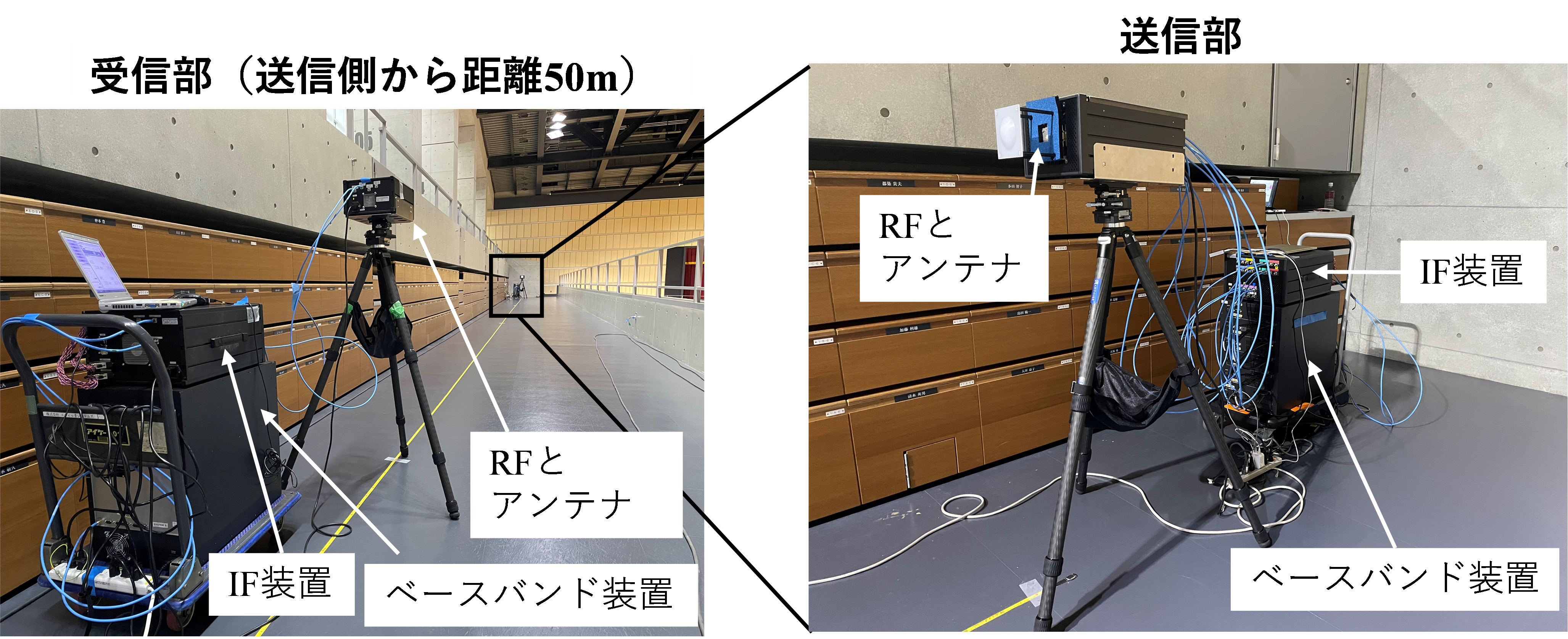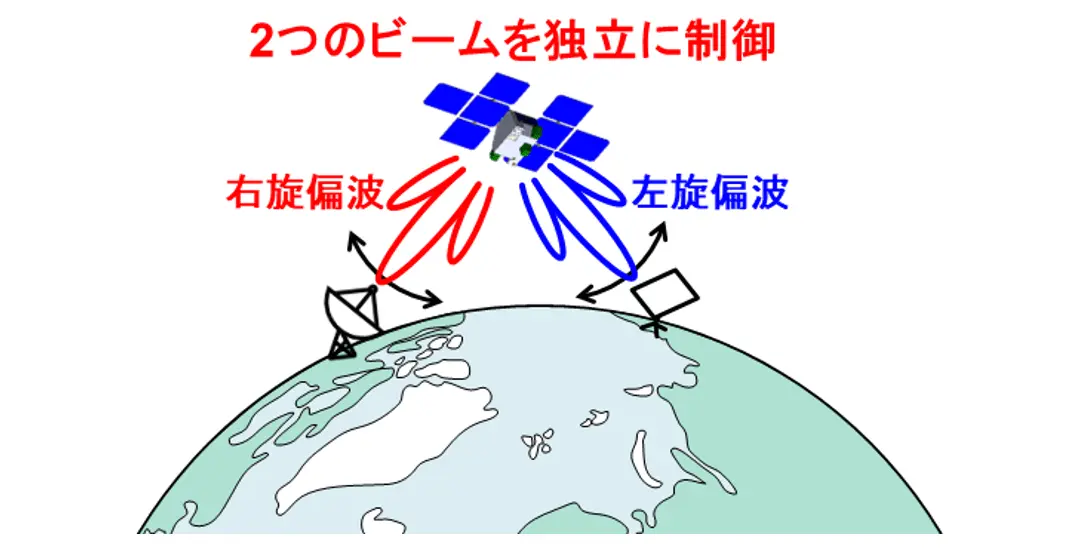2025-04-09 東京科学大学
<関連情報>
- https://www.isct.ac.jp/ja/news/uhs3h1olv8ny
- https://www.isct.ac.jp/plugins/cms/component_download_file.php?type=2&pageId=&contentsId=1&contentsDataId=1242&prevId=&key=dc5b0e3325e961d34bee0ea359e29f7f.pdf
- https://www.sciencedirect.com/science/article/pii/S0196890425002018
等温条件下におけるGe増感太陽電池の連続発電を達成するための二重回路設計に関するシミュレーションに基づく研究 Simulation-based study on a dual-circuit design for achieving continuous power generation in Ge-sensitized thermal cells under isothermal conditions
Keting Chen, Mie Tohnishi, Akihiro Matsutani, Sachiko Matsushita
Energy Conversion and Management Available online: 1 March 2025
DOI:https://doi.org/10.1016/j.enconman.2025.119678

Highlights
- •A new dual-circuit structure is introduced for Ge-sensitized thermal cells (Ge-STC).
- •Dual-circuit design eliminates the need for recovery time in STC’s operation.
- •2D simulations confirm dual-circuit sustains discharge by supplying reactant ions.
Abstract
The semiconductor-sensitized thermal cell (STC) is a groundbreaking thermoelectric technology capable of converting low-temperature heat (<200 °C) directly into electricity. It is based on a redox reaction initiated by thermally excited carriers in a semiconductor. One of its most appealing features is that once the STC reaches discharge termination, power generation can be restored by turning off the switch and leaving it in the heat source. However, during this recovery period, no power is generated, which significantly affects the efficiency of the STC system. To address this issue, this study proposes a dual-circuit STC model utilizing interdigitated array (IDA) electrodes, designed to eliminate recovery time and enable continuous power generation by alternating between two circuits within a single STC. Simulation and experimental methods were employed to assess the performance of this model. Two-dimensional (2D) simulations of the battery structure confirm that circuit switching triggers the redox reaction in the alternate circuit with sufficient reactant ions, enabling continuous discharge. Experimental results validate the continuous power generation observed in the fabricated cells. The dual-circuit system achieves an open circuit voltage Voc of approximately 270 mV (for both circuits) and a short circuit current Isc of around 0.30 μA (Jsc of 5 μA/cm2), demonstrating significant potential for application in IoT devices.



